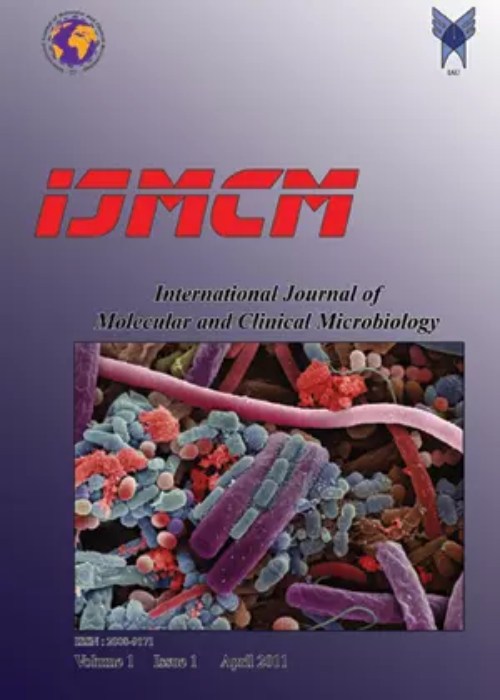Molecular identification and antifungal susceptibility of Candida albicans isolated from Vulvovaginitis Candidiasis
Author(s):
Abstract:
Vulvovaginal candidiasis is caused by the increasing number of Candida species as normal flora in the vagina. To assess the transmission rout as well as to determine the suitable antifungal drugs for treatment, the exact identification of Candida species is crucial. Therefore, earlier detection of infection allows quick initiation of antifungal therapy with a greater probability for improved survival. The aim of this study was to evaluate the identification of Candida albicans using restriction fragment length polymorphism (RFLP) and to determine the in vitro susceptibility against four antifungal drugs. In this study, 1 clinical samples were obtained from the patients with suspected Vulvovaginal Candidiasis. Early identification of the grown yeasts was performed by physiological tests. Universal primers used to amplify the internal transcribe spacer region. Subsequent restriction enzyme analysis of PCR products was done using Msp1 and Bln1 which allows us to identify the most medically important C.albicans and C.dubliniensis. Antifungal susceptibility test was performed according to the CLSI M27-A3 broth microdilution method, and minimal inhibitory concentrations were determined for Nystatin, Fluconazole, Amphotericin B and Itraconazole. Fifty eight of 100 Candida species were isolated from suspected samples in which 36 isolates were identified as Candida albicans/ C.dubliniensis by using PCR-RFLP method as well as physiological test. Among them, only 1 isolate was identified as C.dubliniensis. All C.albicans isolates were susceptible to Amphotericin B and Nystatin. However, 5 C.albicans isolates were resistant to Fluconazole with MICs ≥ 64 μ g/ml (13.89%) and 4 isolates were resistant to Itraconazole with MICs ≥ 1 μ g/ml 11.11%). C.albicans is still the predominant species causing Candida-related infections. Nevertheless, the number of isolated yeasts from other species is growing gradually. Identification of Candida at species level is very important due to the increasing trend in the number of Candida isolates which have high MICs against antifungal agents.
Keywords:
Candida albicans , RFLP , MIC , antifungal
Language:
English
Published:
International Journal of Molecular and Clinical Microbiology, Volume:4 Issue: 1, Winter and Spring 2014
Pages:
383 to 388
https://magiran.com/p1397998
دانلود و مطالعه متن این مقاله با یکی از روشهای زیر امکان پذیر است:
اشتراک شخصی
با عضویت و پرداخت آنلاین حق اشتراک یکساله به مبلغ 1,390,000ريال میتوانید 70 عنوان مطلب دانلود کنید!
اشتراک سازمانی
به کتابخانه دانشگاه یا محل کار خود پیشنهاد کنید تا اشتراک سازمانی این پایگاه را برای دسترسی نامحدود همه کاربران به متن مطالب تهیه نمایند!
توجه!
- حق عضویت دریافتی صرف حمایت از نشریات عضو و نگهداری، تکمیل و توسعه مگیران میشود.
- پرداخت حق اشتراک و دانلود مقالات اجازه بازنشر آن در سایر رسانههای چاپی و دیجیتال را به کاربر نمیدهد.
In order to view content subscription is required
Personal subscription
Subscribe magiran.com for 70 € euros via PayPal and download 70 articles during a year.
Organization subscription
Please contact us to subscribe your university or library for unlimited access!


